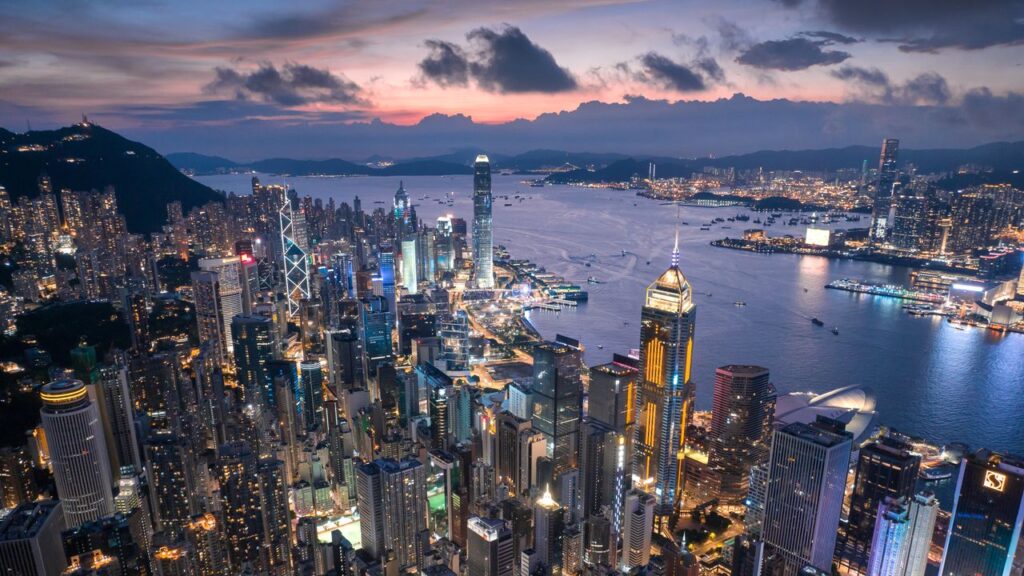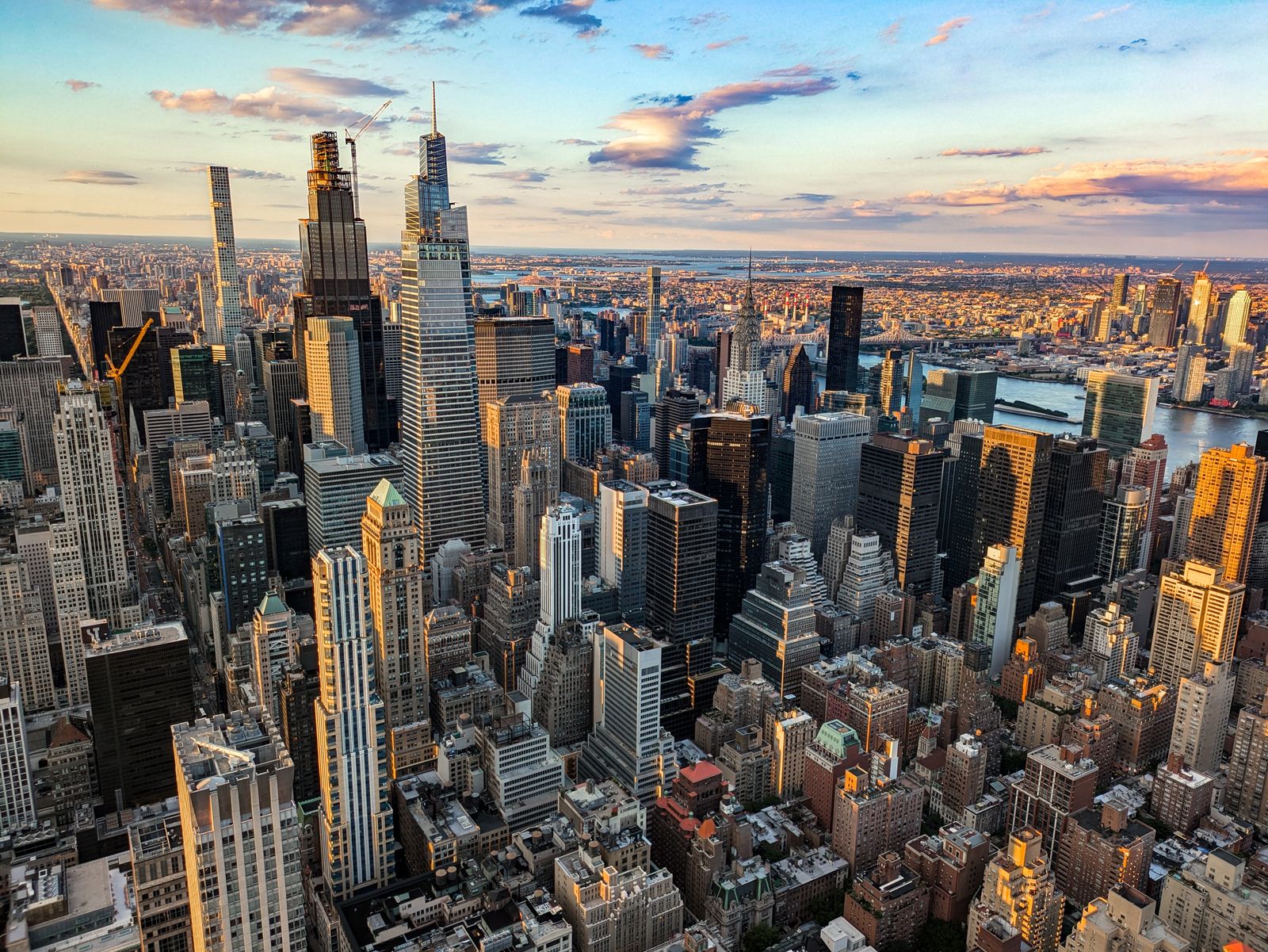Skyscrapers are a defining feature of the modern urban landscape. From East Asia’s soaring skylines to the vertical expansions seen in the Middle East. New York and Hong Kong are two of the most famous metropolises in the world for their skyscrapers. Some cities, however, are more inclined to build upwards than others. High-rise architecture, once impossible feats of modern technology, have become a trademark for some cities, largely due to population density, land restrictions, and economic ambition. According to the Council on Tall Buildings and Urban Habitat (CTBUH)The cities below, according to a database that tracks high-rise buildings, have the most completed structures over 150 meters (492 feet). These rankings, which are updated to July 2025 and provide a fascinating look at where the world builds tall. Here are the top cities on earth with the highest number of skyscrapers.
This article was originally published in Condé Nast Traveller India.
What is a skyscraper, and what counts?
A skyscraper is defined as a completed structure that is at least a minimum of 150 meters (492 feet) high. This height is accepted by urban development databases and architectural databases to be the minimum for high-rise structures to be classified as skyscrapers.
Where do you get your data?
The latest figures from the Council on Tall Buildings and Urban Habitat are used to create the rankings (as at July 2025). The CTBUH monitors the height, construction state, and structural detail of all buildings in the world including mixed-use, commercial, and residential towers.
Do these data change frequently?
Yes. New skyscrapers are built regularly in fast-growing cities around the world, particularly in Asia and the Middle East. This results to a change of rankings every few months. The CTBUH data used in this article is the most current snapshot available at the moment of publication.
1. Hong Kong: over 550 skyscrapers
Vertical living is a phenomenon that has only been embraced by one city. Hong Kong. The skyline of the city is a forest, with over 550 buildings that are taller than 490 feet. They are squeezed in between the mountainous terrain and sea. Vertical development was inevitable due to a lack of flat land and rapid economic growth at the end of the 20th century. Hong Kong skyscrapers have a uniform look and are densely packed. However, commercial landmarks such the International Commerce Centre (ICC) and Bank of China Tower give the skyline a dramatic architectural flair.
2. Shenzhen, China: over 380 skyscrapers
Shenzhen’s rise is nothing less than meteoric. It has grown from a small fishing village to a city with more than 380 skyscrapers. Shenzhen is China’s hyper-urbanization model. Shenzhen is home to some of world’s tallest buildings, such as the Ping An Finance Center. Its vertical expansion is closely linked to the city’s identity as a manufacturing and tech powerhouse. Skyscrapers in Shenzhen are not only tall, but also often architecturally ambitious. They’re part of an overall plan to make the city a global design center.




